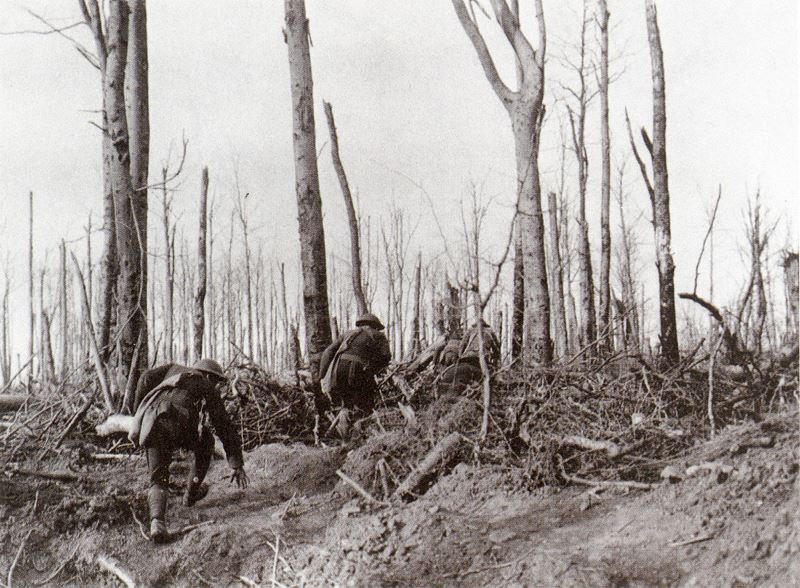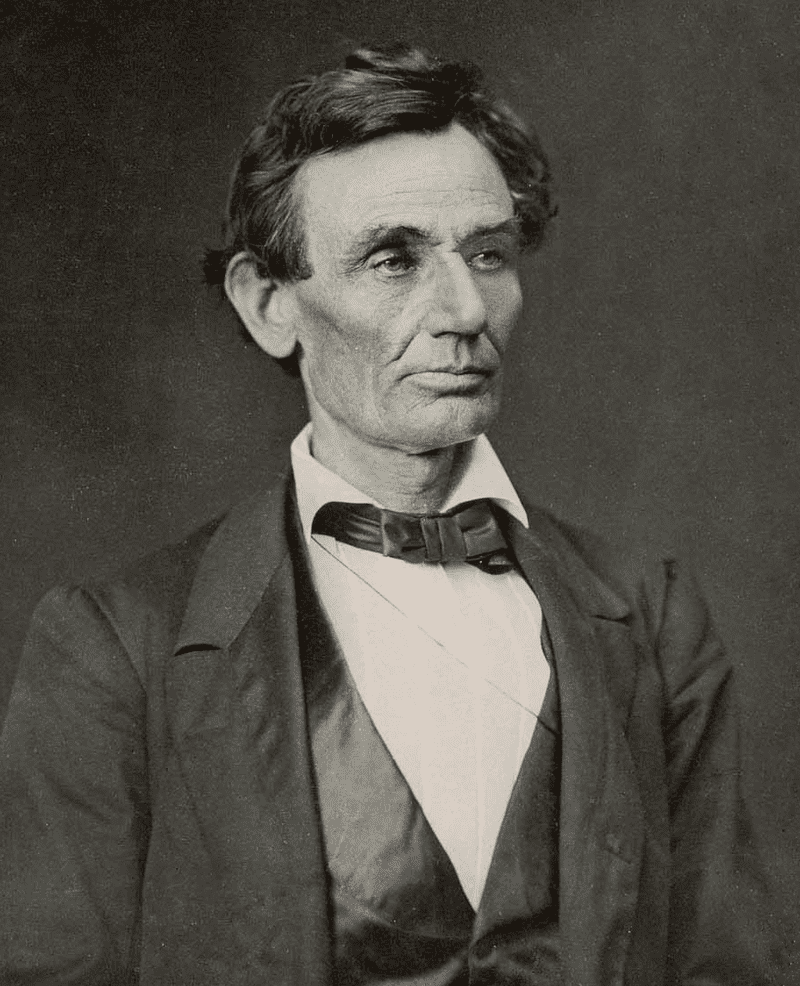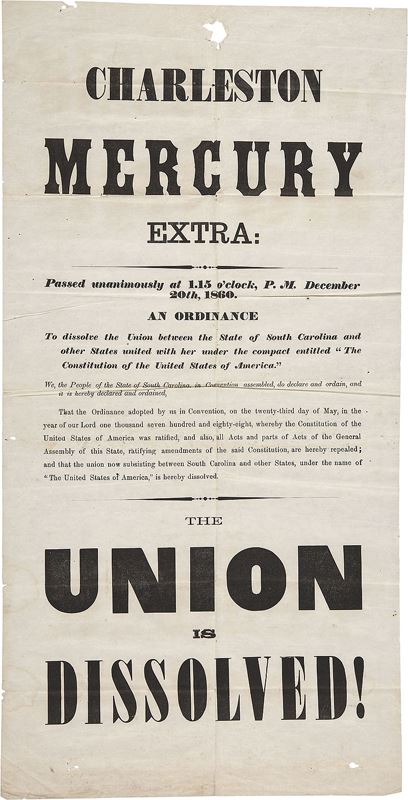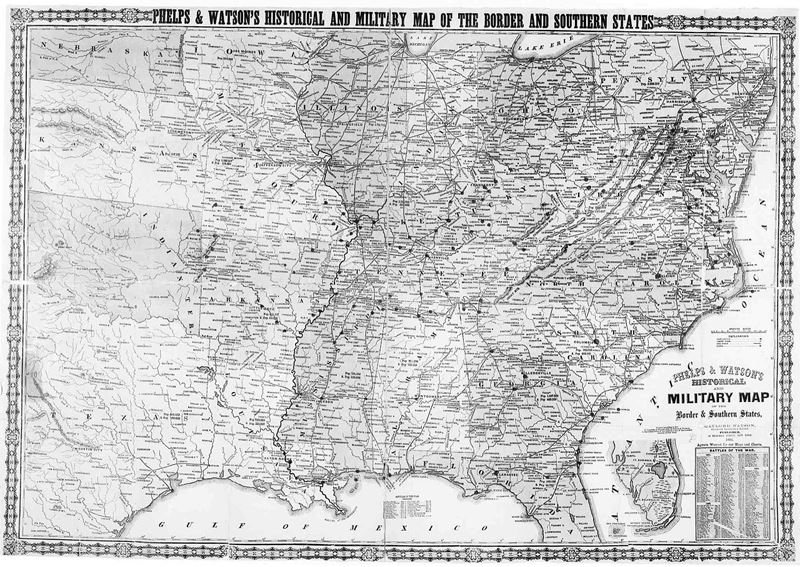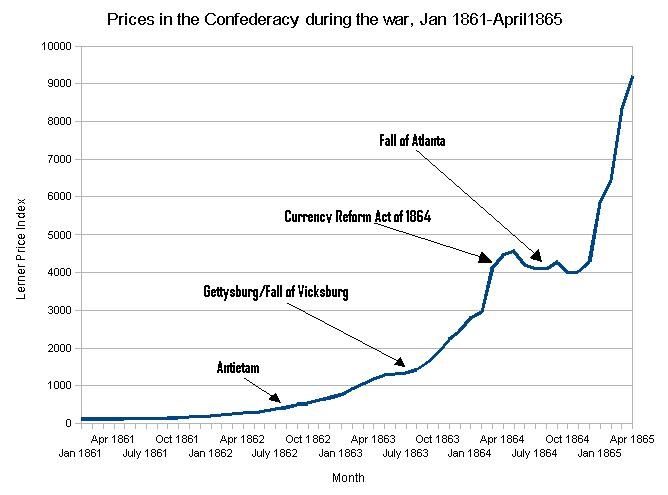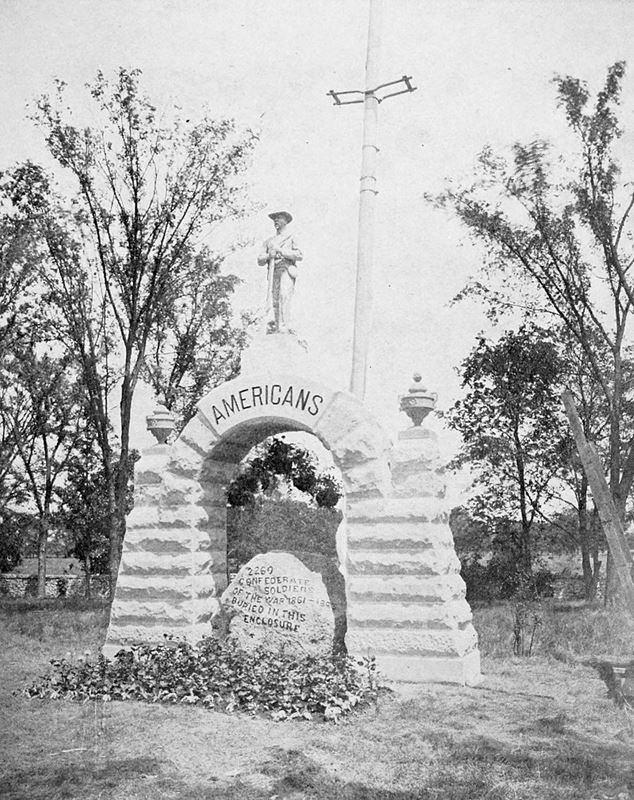The Meuse–Argonne offensive (also known as the Meuse River–Argonne Forest offensive,[6] the Battles of the Meuse–Argonne, and the Meuse–Argonne campaign) was a major part of the final Allied offensive of World War I that stretched along the entire Western Front. It was fought from September 26, 1918, until the Armistice of November 11, 1918, a total of 47 days. The Meuse–Argonne offensive was the largest in United States military history, involving 1.2 million American soldiers. It is also the deadliest battle in the history of the United States Army, resulting in over 350,000 casualties, including 28,000 German lives, 26,277 American lives and an unknown number of French lives. American losses were worsened by the inexperience of many of the troops, the tactics used during the early phases of the operation and the widespread onset of the global influenza outbreak called the “Spanish flu”.
The offensive was the principal engagement of the American Expeditionary Forces (AEF) in World War I. It was one of a series of Allied attacks, known as the Hundred Days Offensive, which brought the war to an end. It was the largest and bloodiest operation of World War I for the AEF even if, given the scale of other battles on the Western Front, its size was limited and the operation itself secondary, being far from the main offensive axis.

